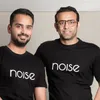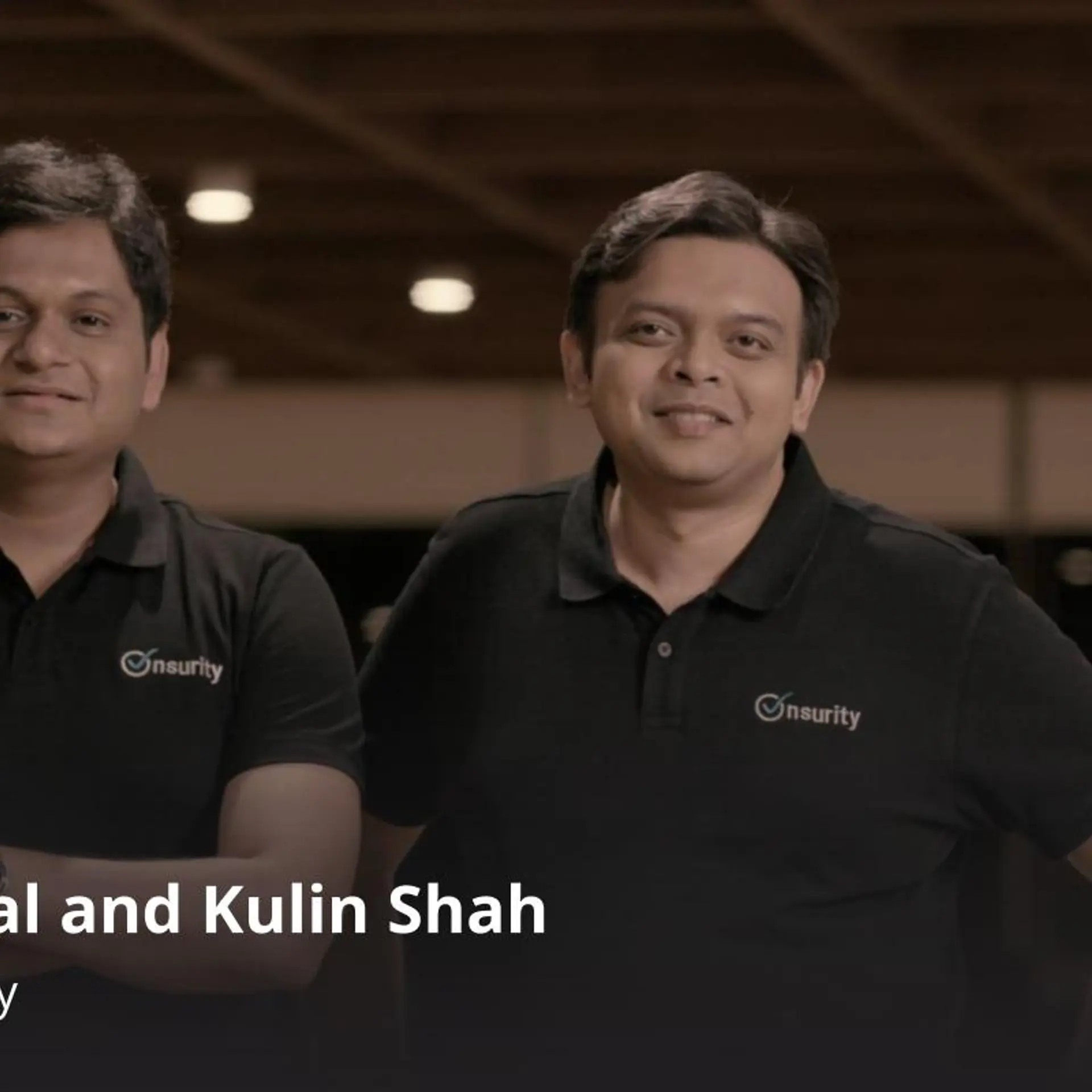How Obage’s ‘sound strategy’ developed by this brother-duo is fetching 75 pc demand from Tier II and III cities
Obage was launched in 2018 by Ankur and Ankit Oberai. The brand manufactures and sells home audio speakers priced between Rs 3,000 – Rs 8,000. It has a monthly customer base of around 3,000.
According to a report by Statista, the speaker devices segment in India is valued at $1.65 billion as of 2021. This market is expected to grow annually at a CAGR of 7.31 percent between 2021-2025. While India houses numerous well-known players like Zebronics, Philips, Bose, and JBL, smaller companies are making their way into the market.
Founded by brothers and music enthusiasts Ankit and Ankur Oberai, Delhi-based is one such example.
After graduating from Manipal Institute of Technology, Karnataka, Ankur started working with TCS and is a tech enthusiast by heart. Meanwhile, Ankit became an LIC agent after doing Bachelor of Commerce from Delhi University. In 2011, they quit their jobs and started trading electronic parts.
The brothers first got into the OEM (Original Equipment Manufacturer) business in 2016, and later, they launched their own home speakers brand, Obage, in 2018.
Today, Obage offers home audio speakers in 11 categories. Moreover, the brand, whose products are priced between Rs 3,000 – Rs 8,000, has especially gained traction in Tier-II, III, and IV cities. Today, 75 percent of the company’s customers come from cities like Nagpur, Nashik, Coimbatore, and other regions of West Bengal and east India.
In an interaction with SMBStory, Ankur explains the various strategies the two-year-old brand has deployed to carve a niche in the market.

The Obage team
From OEM to building Obage
Between 2016 and 2017, Ankit and Ankur were manufacturing electronic items mainly, set-top boxes, for local players. The OEM business was struggling and facing several challenges. The biggest issue was that of payments, says Ankur. Because of the credit system that prevailed in the market, they found themselves short of funds, which did not give them the leeway to experiment with the products.
Around the same time, Ankur and Ankit were looking for a music system for their home and realised that while there were several big and good brands in the market, they had to shell out a lot of money to purchase them. This is when the brothers decided to venture into the audio speakers segment and started making them in-house.
“Our research and development made us realise that it is possible to provide high sound quality (the same as luxury brands) at a much affordable price,” says Ankur.
By the end of 2017, they decided to close the OEM business and started working on building their own brand. The brothers, who were experienced in manufacturing, upped their game by diving into research and development. Ankur says that his technical background, along with hiring some freelance researchers, helped in achieving the right product fit.
Meanwhile, Ankit, who possessed a strong business acumen, worked on the financial aspects of the business.
They started manufacturing all components in-house in their own unit in Keshopur Industrial Area, Delhi, except for the pre-amplifiers which were imported from China.
They officially launched Obage in 2018 on Amazon with three products – two 4.1 speakers and a pair of Dual Tower speakers.
They started receiving a positive customer response. This made the brothers feel confident, and they decided to venture deeper into the segment.

Ankur and Ankit Oberoi, Co-founders, Obage
Business model
Apart from audio speakers being the founders’ passion, the other reason why the brand wants to continue to explore this space and doesn’t want to diversify is – specialisation. “This is an era of specialisation,” quips Ankur.
He further adds that sound is the most important aspect when it comes to building speakers. For this, he says they have ensured that two-third of the cost goes into getting the components related to sound, and around one-third is spent on the style and looks of the speakers.
Ankur says, “So, at every stage, the drivers (woofers and speakers), cabinets, amplifiers, and pre-amplifiers have to be carefully calibrated and synchronised. You can’t just put in a very good quality woofer and expect the sound quality to turn out great.”
Today, 95 percent of the components of the product are made in India. “Our prime purpose is to give the best sound experience to customers,” he adds.
Currently bootstrapped, the company sells through Amazon and . It also has its own website but is focused on selling through ecommerce.
“The ecommerce are paymasters. There is no delay in terms of payments,” he says. Moreover, Ankur adds that they can now experiment more with their own brand and also invest in verticals like marketing.
The company claims to have clocked around Rs 5 crore in the last fiscal year, which is yet to be independently verified by SMBStory.
Customer-centric approach
Obage has primed itself as a customer-centric brand. Ankur says the brand works on a consultation model through which the customer can reach out to the brand directly.
“When we launched the brand, I would often ask myself why the customer will trust me, that too when they have so many options on the internet?”
This is why they finalised to operate on the consultancy model.
“The salesperson will ask details like the kind of songs you listen to and the size of your room to suggest to you the best product,” Ankur explains.
He also says that the team comes with a report every 15 days with the various trends in the market and what the customers are demanding.
Charting a self-reliant growth
With pandemic forcing the world to re-think their dependence on China for goods and supply of raw materials, India is on the path to become Aatmanirbhar (self-reliant) by focusing on domestic manufacturing.
Though COVID-19 brought the entire world, it pushed Obage’s sales. The brand reported a 50 percent increase in its monthly customer base from 2,000 last year to 3,000 this year. Ankur says two factors contributed to this – the work from home business model which was giving people the time to think and experiment with objects in their homes, and second, people were hesitant to buy imported products.
Going forward, the brand plans to introduce other products in the home audio space category, including soundbars and portable Bluetooth speakers. It is also introducing an optical input feature in the existing product line which will further enhance the sound quality of the speakers.
Edited by Kanishk Singh









